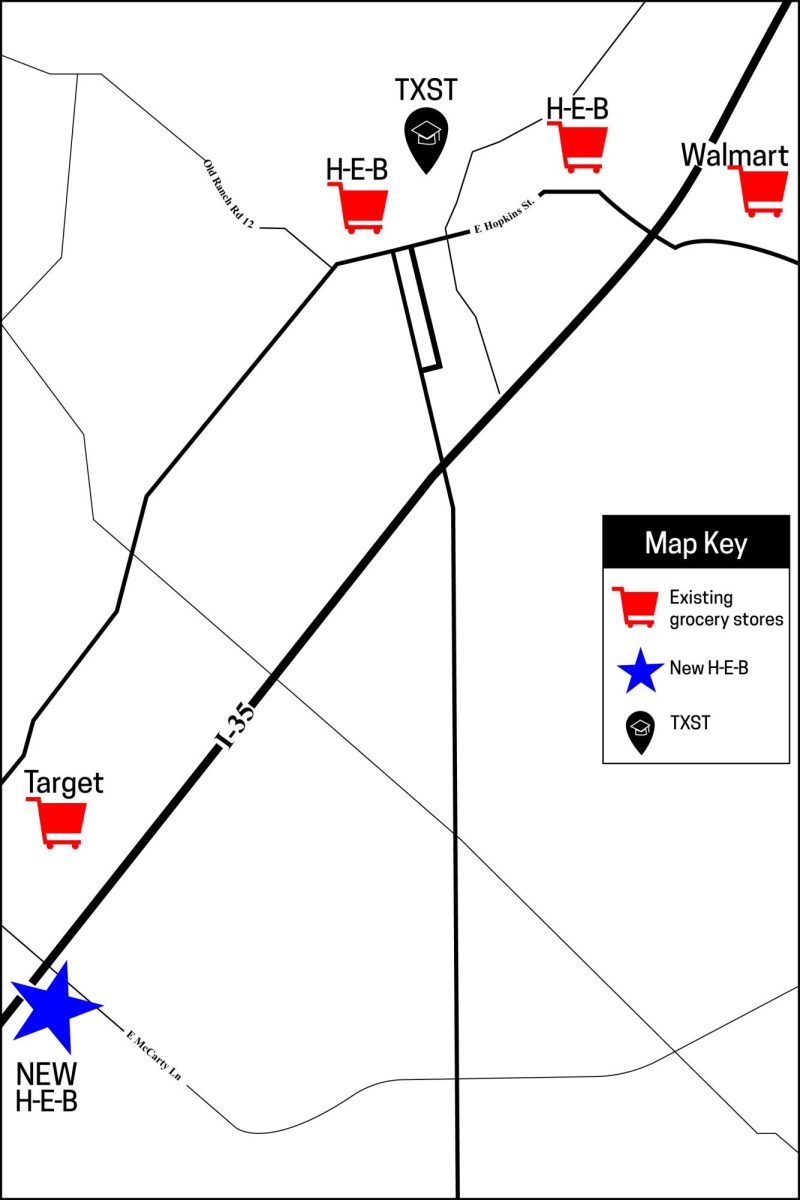Experts are saying the rate of flu-related hospitalizations and deaths is expected to continue to rise throughout the nation toward the end of the 2017-18 season.
In a Feb. 2 update, the Center for Disease Control and Prevention reported flu hospitalizations and deaths in children and the elderly continue to rise. Unlike previous outbreaks, which were localized, this strain has spread throughout 49 states. This is the worst outbreak in the last 15 years, according to the CDC.
Epidemiologists at the Texas Department of State Health Services have pinpointed several factors contributing to the widespread outbreak, including the 10 percent effectiveness of this season’s flu vaccine, and the dominant H3N2 strain seen in the majority of cases nationwide.
Lara Anton, a press officer with the Texas Department of State Health Services H3N2, a type A strain of influenza known for causing pronounced symptoms and complications, caused a similar outbreak during the 2014-15 season.
“The (2014-15) season had a similar beginning, characterized by a really steep climb in the number of influenza-like illnesses being seen by physicians, so there are parallels to this year,” Anton said.
The Texas Department of State Health Services released its own report, stating 2,897 Texans have died from complications from the flu between October 1, 2017 and January 31, 2018. Of those, 28 of them in Travis County. Of the nearly 3,000 deaths, 78.3 percent were people ages 65 and older, totaling 2,271.
The DSHS explained these numbers were compiled by county officials and do not include all of the January deaths since it takes several weeks to receive death certificate statistics from the CDC.
In an interview with The University Star, Hays County Epidemiologists Ian Harris and Eric Schneider said that Texas was one of the first states to be hit with the H3N2 strain and continue to report high numbers of cases. Local reporting for the county found 1,046 cases of the flu were confirmed in January alone.
Harris said flu activity this season has dramatically increased. Hays County clinics and hospitals have reported difficulties accommodating the number of patients with flu-like illnesses.
“All counties pretty much throughout Texas are seeing a major increase in flu activity. We do weekly reporting with all epidemiologists, and everyone is reporting very widespread flu activity, consistent with what we’re seeing here in Hays County,” Harris said.
With this flu showing no signs of slowing down, pharmacies across the nation are experiencing a shortage of Tamiflu, a prescription medicine used to treat the flu, as well as vaccines and test kits. Reports by pediatricians and parents in Illinois, New York and Georgia state that their local pharmacies have been out of the vaccines and liquid Tamiflu for as long as three weeks. Parents in Travis County have reported difficulty obtaining liquid Tamiflu from local area CVS pharmacies.
In an interview with CBS Chicago, CVS said there is not a “widespread shortage,” rather an “increased demand.” When asked to comment, pharmacists for branches in Hays and Travis County declined to make statements.
Emilio Carranco, director of the Student Health Center, said he is uncertain the flu season has reached its peak, and locals can expect at least two more months of significant flu activity. While the predominant strain characterizing this year’s outbreak is H3N2, Carranco says H1N1 and B strains are also circulating and can cause significant complications.
“While the flu vaccine’s effectiveness against the circulating viruses is being predicted to be somewhere between 10 and 30 percent, there is evidence that the vaccine helps to decrease the severity of the flu and to protect against the most serious complications such as pneumonia. So, the flu vaccine is worth getting,” Carranco said.
With university health officials reporting a 170 percent increase in the flu over last year’s figures, they urge students to visit the Student Health Center for vaccinations. Carranco said the Student Health Center has been able to maintain a steady supply of flu medication and vaccines, despite the reported shortages throughout the nation and some parts of the state.
As always, healthcare officials remind the public to take preventative measures against the flu.
“The number one thing is washing your hands, and using good cough and sneeze etiquette. You want to make sure that you’re not going to class if you’re sick because you’re putting your other classmates at risk for getting the flu,” said Hays County Epidemiologist Eric Schneider.
Categories:
H3N2 flu strain continues to sweep across the nation
February 16, 2018
Make sure to wash your hand daily and be careful around people that have the flu.
Photo by Elza Taurins | Staff Photographer
0
Donate to The University Star
Your donation will support the student journalists of Texas State University. Your contribution will allow us to purchase equipment and cover our annual website hosting costs.
More to Discover














